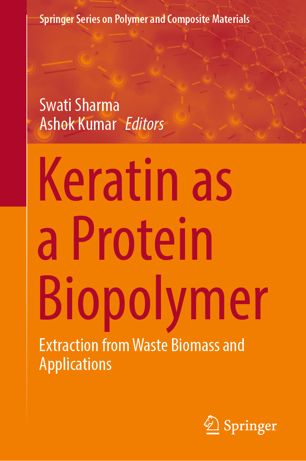

Most ebook files are in PDF format, so you can easily read them using various software such as Foxit Reader or directly on the Google Chrome browser.
Some ebook files are released by publishers in other formats such as .awz, .mobi, .epub, .fb2, etc. You may need to install specific software to read these formats on mobile/PC, such as Calibre.
Please read the tutorial at this link: https://ebookbell.com/faq
We offer FREE conversion to the popular formats you request; however, this may take some time. Therefore, right after payment, please email us, and we will try to provide the service as quickly as possible.
For some exceptional file formats or broken links (if any), please refrain from opening any disputes. Instead, email us first, and we will try to assist within a maximum of 6 hours.
EbookBell Team

4.0
46 reviewsThis book provides information about the sources, structure, and properties of keratin as well as its applications. The extraction from different biomass sources (e.g. feathers, hairs, nails, horn, hoof, and claws) as well as the characterization methods of these extracted materials are explained. The development of bioproducts from keratins is challenging and limited since they are neither soluble in polar solvents nor in non-polar solvents. Therefore, the utilization of different microorganisms for the degradation of keratin is also discussed.
The main aim of this book is to highlight the unique features of keratin and to update readers with the possible prospects to develop various value-added products from keratins. The book is highly interesting to researchers working in industry and academia on bioproducts, tissue engineering, biocomposites, biofilm, and biofibers.